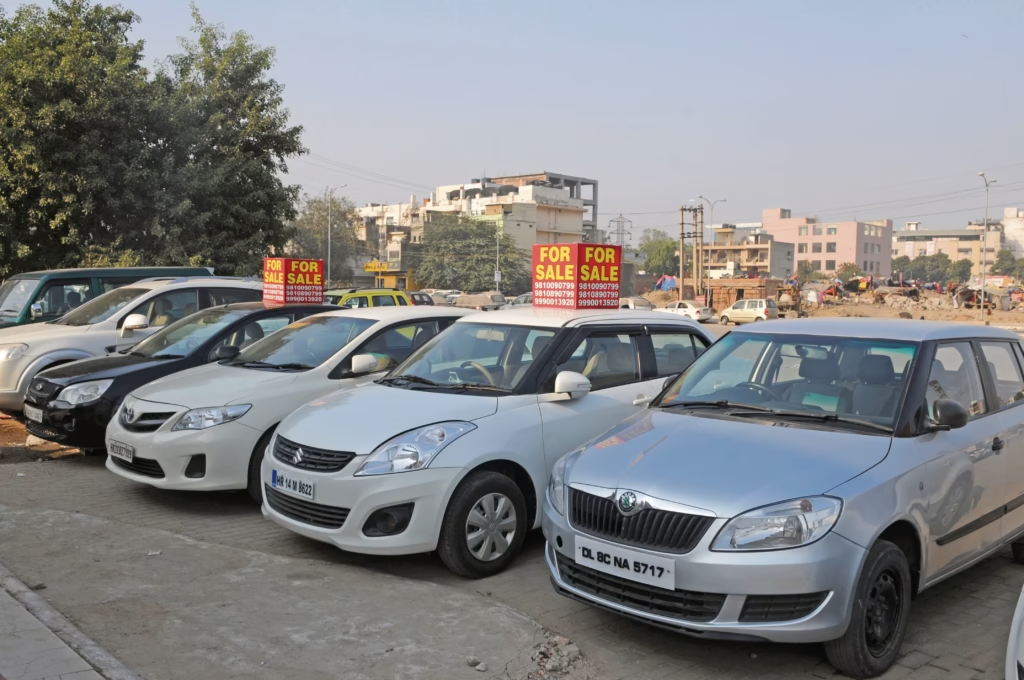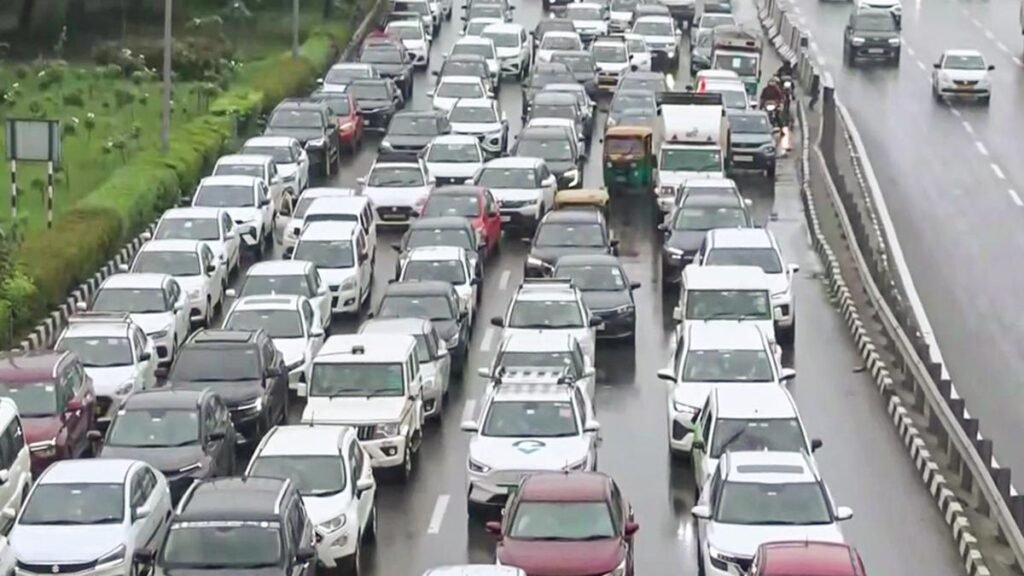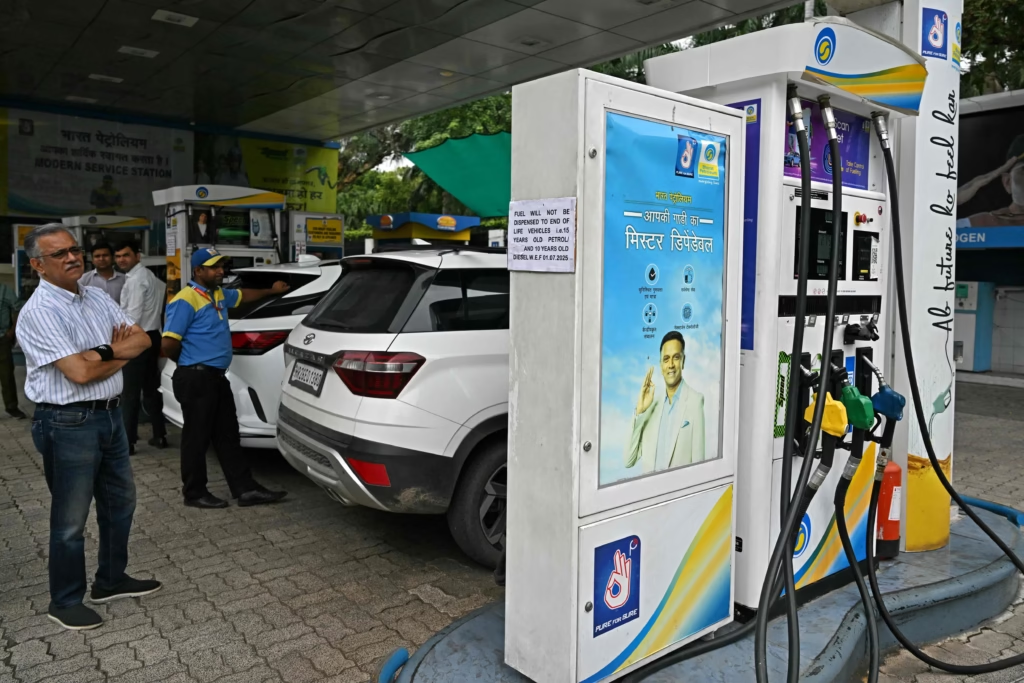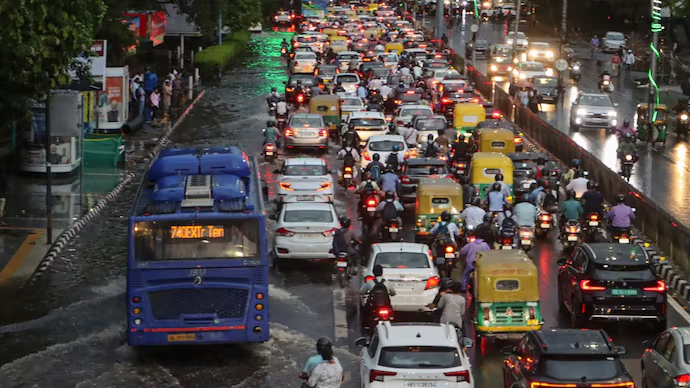The journey of Delhi’s old vehicle ban over the past decade reflects the city’s ongoing struggle between environmental necessity and practical enforcement. First introduced in 2015, the ban on older petrol and diesel vehicles was aimed at combating Delhi’s chronic air pollution. But over time, the issue has evolved into a complex debate involving courts, government bodies, and ordinary citizens.
2015: NGT’s Landmark Ban
In 2015, the National Green Tribunal (NGT) delivered a historic order that set the tone for Delhi’s fight against vehicular emissions. Diesel vehicles older than 10 years and petrol vehicles older than 15 were banned from the roads of Delhi and the wider NCR. Authorities were instructed to impound vehicles found violating the order, and strict warnings were issued against parking such vehicles in public places.
This was the first time that vehicle age was formally tied to air quality concerns in Delhi. While environmentalists welcomed the move, thousands of vehicle owners argued that the sudden implementation disrupted livelihoods and personal mobility.
2018: Supreme Court’s Stamp of Approval
Three years later, in 2018, the Supreme Court upheld the NGT’s order, reinforcing the seriousness of Delhi’s air pollution crisis. The Court directed that overaged vehicles should not only be impounded but also publicized in newspapers to discourage violations. The apex court’s strong intervention made it clear that Delhi’s pollution problem required uncompromising solutions.

2021–2022: Scrappage Policy and Fitness Testing
As the ban matured, the government introduced additional layers of regulation. In 2021, a nationwide vehicle scrappage policy was rolled out, offering incentives to scrap old and polluting vehicles. By 2022, Automated Testing Stations (ATSs) became mandatory for vehicle fitness checks, creating a framework to scientifically assess whether a vehicle was truly roadworthy.
These measures were intended to make Delhi’s regulations more practical by focusing not just on age but also on actual emissions and fitness. However, delays in setting up enough ATSs created new challenges.
2023–2024: Delhi Tightens Enforcement
In 2023 and 2024, Delhi moved further to strengthen its enforcement regime. Registered Vehicle Scrapping Facilities (RVSFs) were established, and new guidelines were issued on how to handle end-of-life vehicles found in public spaces. The city also began exploring technology-driven enforcement, laying the groundwork for automatic number plate recognition (ANPR) cameras to track old vehicles.
For Delhi residents, however, this meant stricter monitoring and more fines, sparking frustration among vehicle owners who felt the system was increasingly punitive without offering enough alternatives.

2025: CAQM’s Push, Delhi’s Concerns, and Supreme Court Relief
The year 2025 has become a turning point in Delhi’s old vehicle policy. In April, the Commission for Air Quality Management (CAQM) ordered a new enforcement mechanism that included denying fuel to vehicles identified as overaged using ANPR technology. Starting July 1, Delhi fuel stations were asked to stop servicing such vehicles.
On the ground, however, enforcement faltered. Technical glitches in ANPR systems, incomplete databases, and concerns about wrongful identification led to widespread confusion. Delhi’s government argued that age-based bans were unfair under Section 59 of the Motor Vehicles Act, and suggested focusing on emissions and fitness instead.
By August 2025, the Supreme Court intervened once again, granting interim relief by halting coercive action against vehicle owners until the matter is fully reviewed. For thousands of families in Delhi, this came as a major relief.
Why the Ban Matters
Delhi’s old vehicle ban is more than just a transport policy—it reflects the larger battle for clean air in one of the world’s most polluted capitals. Vehicles contribute significantly to Delhi’s toxic air, particularly in winter months when smog levels peak. Yet, critics argue that focusing solely on vehicle age ignores other contributors like construction dust, stubble burning, and industrial emissions.
At the same time, Delhi’s enforcement challenges—ranging from insufficient scrappage centers to patchy ANPR implementation—highlight how difficult it is to translate strong policy into effective action.
The Road Ahead for Delhi
The future of Delhi’s old vehicle policy may depend on finding a balance between environmental urgency and public convenience. Experts suggest that moving toward an emissions-based standard, rather than an age-based ban, could be fairer and more effective. Expanding ATS coverage and offering real financial incentives for scrapping vehicles may also ease the burden on residents.

For now, Delhi’s residents remain in limbo. Vehicle owners are relieved by the Supreme Court’s temporary protection, while policymakers are under pressure to craft a more practical, science-based solution. What remains clear is that Delhi cannot afford to relax its fight against air pollution, even as the methods continue to be debated.
Over ten years, Delhi’s old vehicle ban has moved from bold directives to legal battles, from ambitious technology rollouts to practical roadblocks. The debate underscores Delhi’s ongoing struggle to align environmental goals with social realities. Whether the city ultimately relies on stricter bans or smarter emission controls, the journey of Delhi’s vehicle policy will remain a defining chapter in its fight for cleaner air.
ALSO READ: Historical Reminder: Indian Army Shares 1971 Newspaper Clip on U.S. Support for Pakistan’s Genocide












